Dental injuries in children. Restoration Tips
Machine translation
Original article is written in RU language (link to read it) .
Dental injuries in children are a common pathology that dentists regularly encounter in their practice. One of the most important aspects for maintaining pulp viability is the time elapsed after injury. Another important point is an attempt to fix the broken fragment if there is one.
Read more about trauma in childhood at the webinar Fractures of teeth and jaws in children and adults .
But in cases where it is impossible to avoid endodontic treatment and a tooth fragment is lost, it is necessary to use composites to restore the functionality and aesthetics of the tooth. To obtain good results, it is important to follow a simple protocol using multiple layers of composite. The article presents a clinical case describing the treatment method.
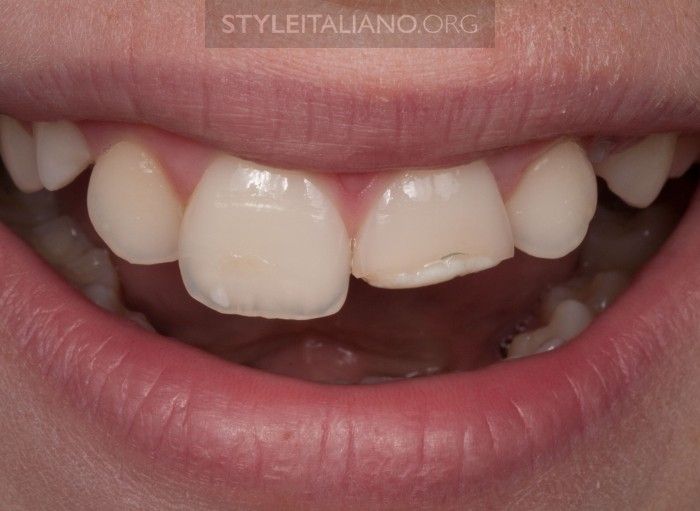
Photo 1
The child was referred after endodontic treatment to solve functional and aesthetic problems.
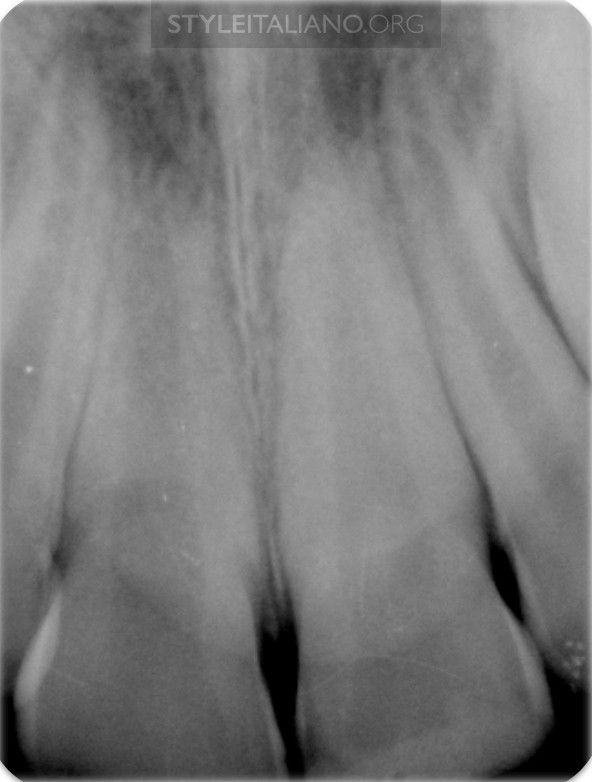
Photo 2
Initial radiograph.
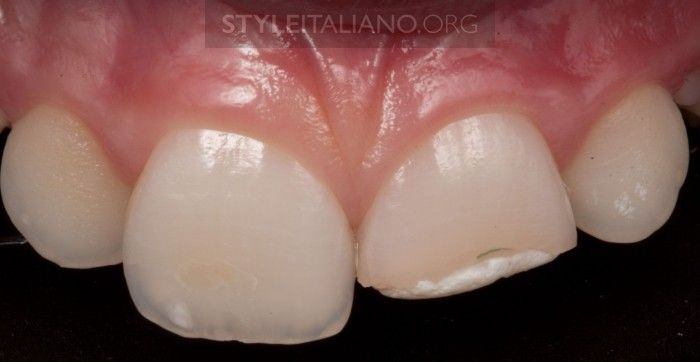
Photo 3
The close-up photo shows the anatomical details that need to be imitated in the incisal area so that the restoration resembles the adjacent tooth.
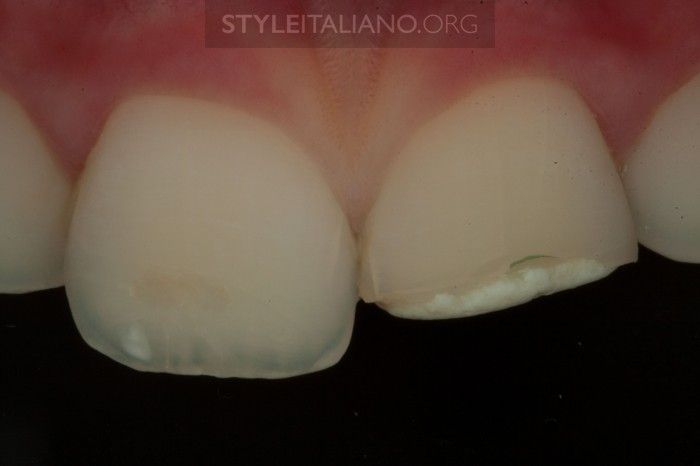
Photo 4
Cross-polarized photography shows structural details without reflecting light.
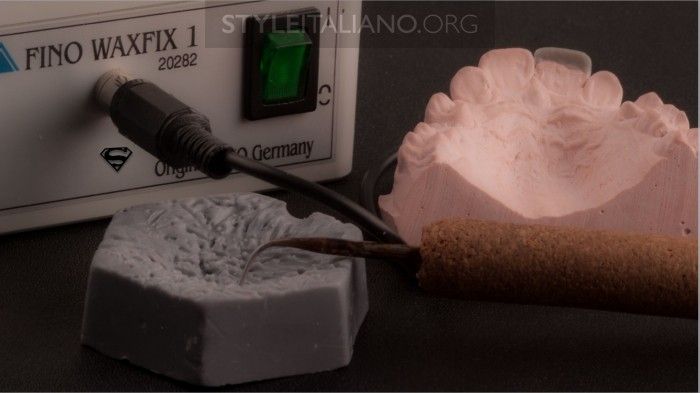
Photo 5
A wax-up is made to reproduce the shape of the tooth and obtain a silicone matrix, which will be useful at the stages of layer-by-layer creation of the restoration.
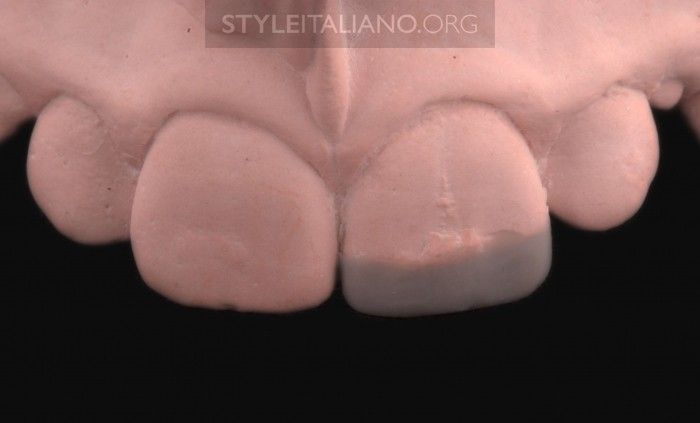
Photo 6
With wax modeling (wax-up), we gain additional experience in building the necessary anatomy.

Photo 7
Palatal anatomy is very important when modeling.
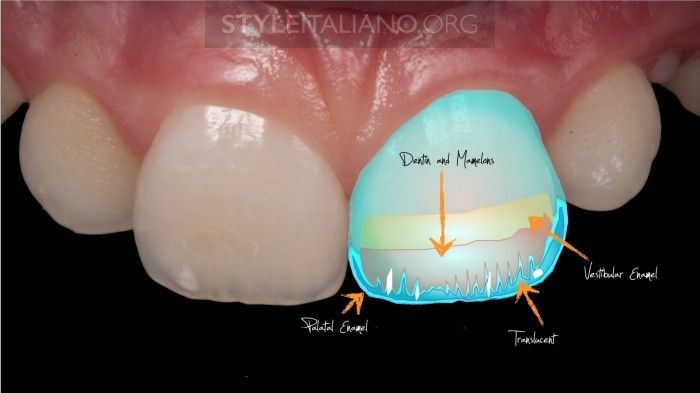
Photo 8
A color scheme to guide the restoration process.
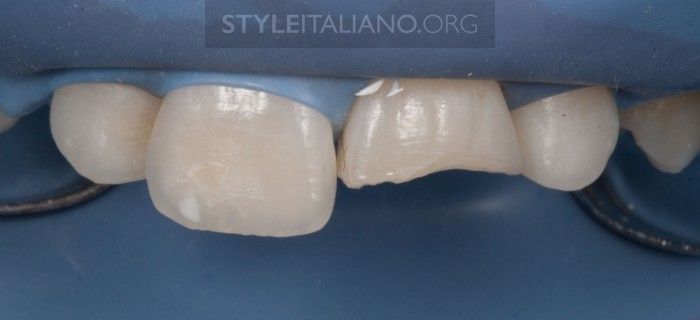
Photo 9
The use of a rubber dam is a prerequisite for isolating the surgical field, saving working time and eliminating inconvenience during work. It is important to remember that you need to work quickly with children to achieve good cooperation.

Photo 10
It is important to check the condition of the silicone mass after applying the rubber dam, as sometimes the clasps can prevent proper fit.
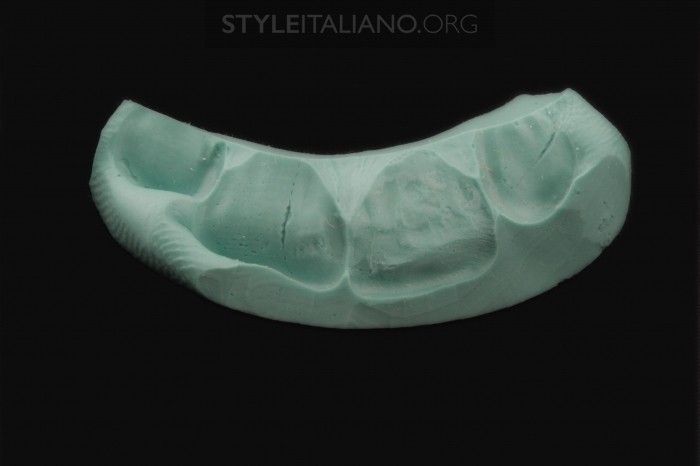
Photo 11
For this reason, the key is cut in the cervical areas.
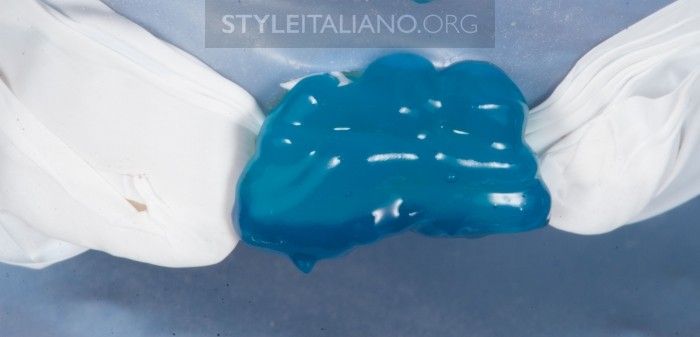
Photo 12
Enamel etching is the gold standard for adhesion, even when using self-etching adhesive systems.

Photo 13
It is very important to make sure that after rinsing there is no phosphoric acid residue on the tooth.
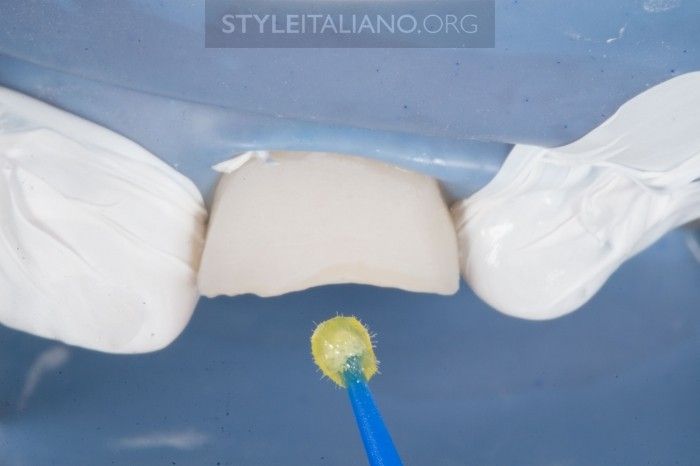
Photo 14
The self-etch adhesive system is applied in three layers until a uniform layer is obtained.
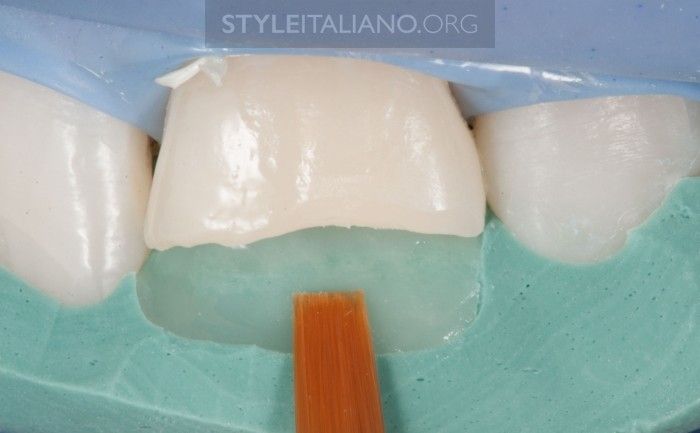
Photo 15
After polymerization, an enamel mass with high transparency is added to the silicone key.

Photo 16
Now that the palatal wall has been built, you can continue applying the remaining layers.
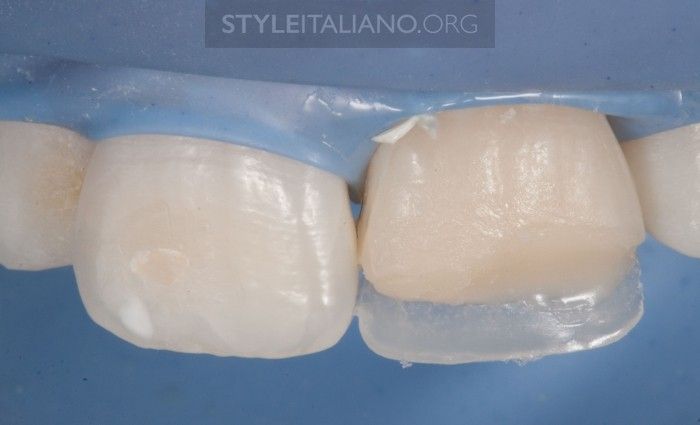
Photo 17
A slight bevel was made during the preparation, and it is important to select the correct opacity of the dentin mass to ensure good camouflage of the fracture line.

Photo 18
We then mimic the shape of the mamelons that were visible in the diagnostic photographs.

Photo 19
The Fissura tool helps to model mamelons.
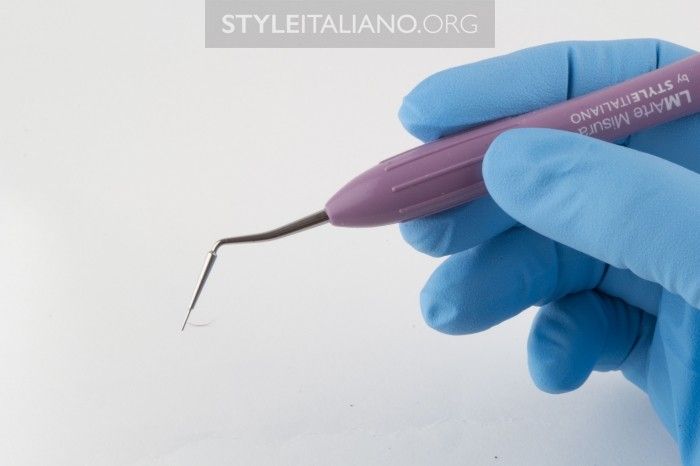
Photo 20
The Misura tool allows you to accurately maintain a thickness of 0.5 mm for the enamel layer.
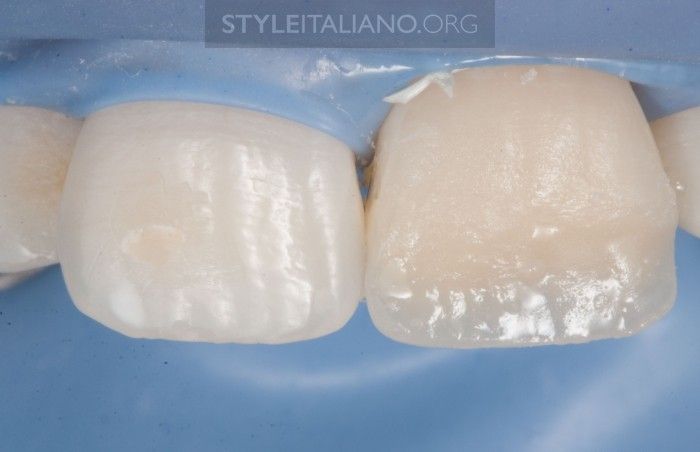
Photo 21
White staining and a translucent tone in the incisal area create the appearance of a young tooth.
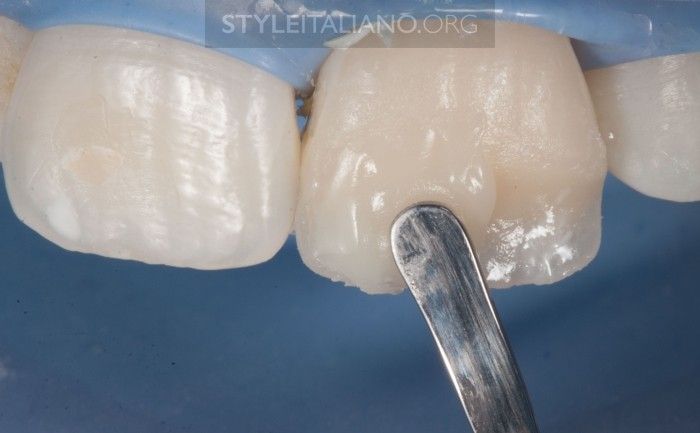
Photo 22
Next, the vestibular enamel layer is applied.
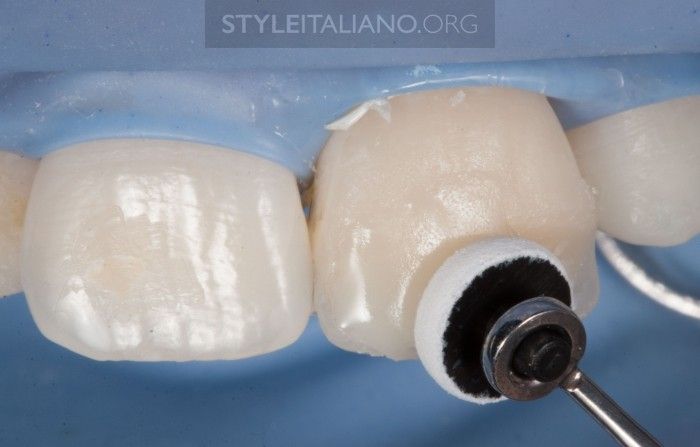
Photo 23
Smoothing of the vestibular layer.
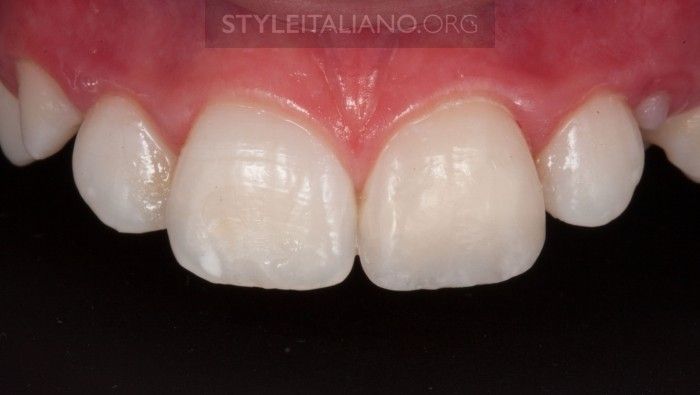
Photo 24
The immediate result after the restoration is completed and polished. It is necessary to wait until the teeth are rehydrated.

Photo 25
Final radiograph.
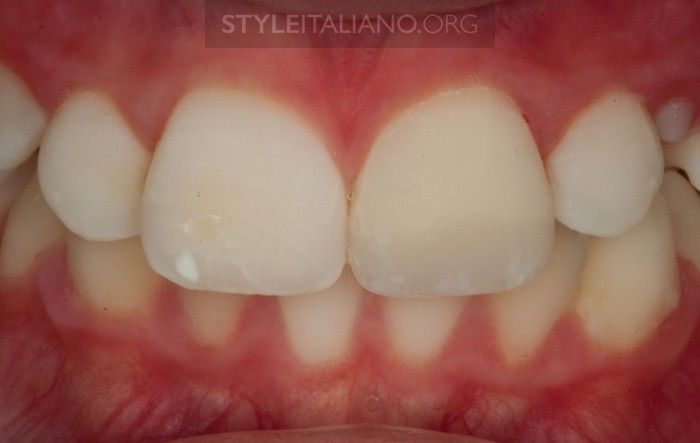
Photo 26
Immediate result in a polarized photograph.

Photo 27
A week after treatment, good integration of the restoration in the oral cavity is noted.
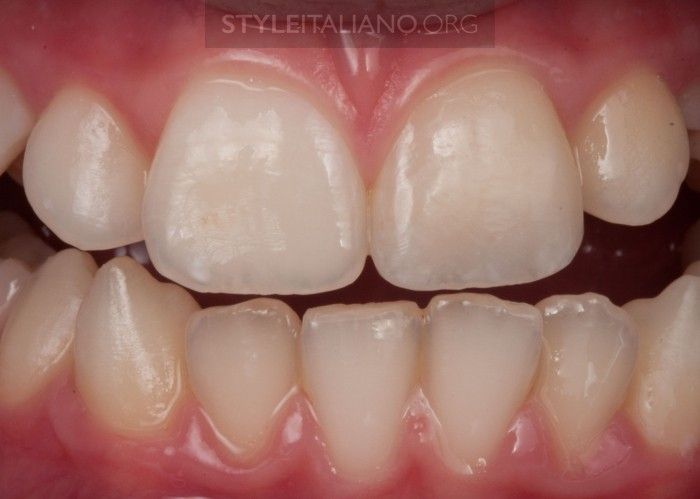
Photo 28
The restoration is very similar in shape to the adjacent tooth.
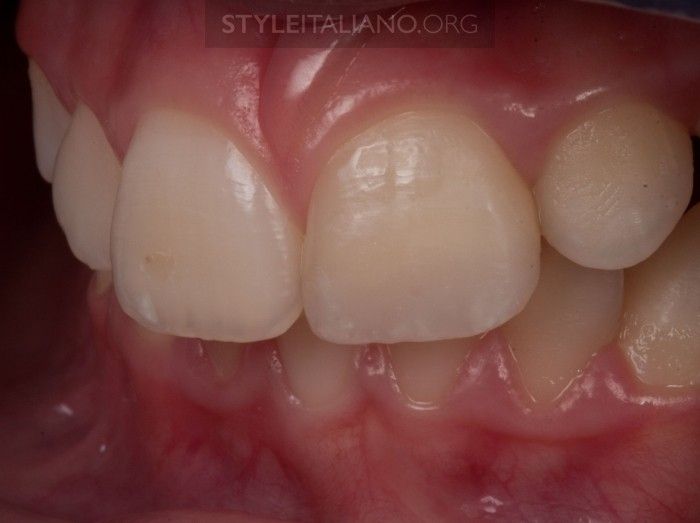
Photo 29
From the side you can see the details of the restoration...
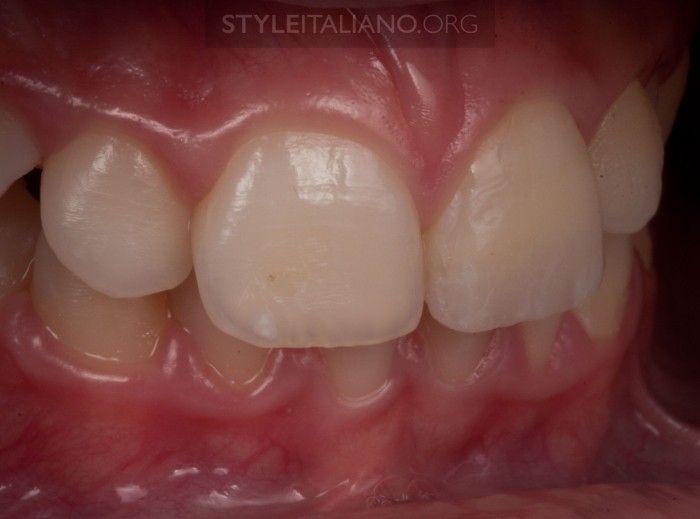
Photo 30
... white spots in the area of the cutting edge.
Conclusion
A simple restoration protocol will also be effective in complex cases. If you know each stage of the work and strictly follow the instructions, a simple and quick result is guaranteed. The most important thing when treating young patients is to adhere to a conservative approach. Treatment should be quick and aimed at maximizing the preservation of tooth tissue. The smiles of our patients are the best gift!
Learn more about the Wax-up technique at the webinar Classic Wax-up and Mock-up protocols for teeth with pathological abrasion .
http://www.styleitaliano.org/